Image sensor of the Nexus 6P compared to the Nikon D810
In mid-2014, Google introduced the so-called Camera2 API for the "Lollipop" version of its Android operating system. Among other things, this makes it possible for the first time to set the shutter speed of the camera manually. Previously, the camera ran mostly in automatic mode. Another very important innovation is the possibility to save photos as RAW files. SLR cameras have been able to handle this format for a very long time, and it has also become established in compact cameras. The files are saved in DNG format, which was developed by Adobe.
My mobile phone, the Nexus 6P from Huawei, also masters the Camera2 API. So I was interested to see how the phone's sensor compares with my D810. Two years ago, I put the D800 up against my small Sony RX100, and the result was nowhere near as clear as I had expected. This time, a test between two even more different devices.
The Nexus 6P uses a Sony IMX377 Exmor R sensor with 12.3 megapixels that captures images in 4:3 format. The sensor measures 6.17 x 4.55 mm, the pixel size is 1.55 μm2 and 12 bits are resolved per pixel. For comparison, the iPhone 6 Plus has a sensor measuring 4.80 x 3.60 mm. This means that the Nexus 6P has quite a large sensor for a mobile phone, which should improve the image quality, especially in low light. The camera module has a fairly good aperture value of f/2.0, which is why unfortunately an optical image stabiliser has been omitted. According to Google, this is no longer necessary due to the larger surface area and the good aperture. Of course, the sensor is still much smaller than in real cameras. The Sony RX100 has a sensor of 13.20×8.80 mm and the D810 even has 35.90 x 24.00 mm, the classic 35mm format. This means that the D810 has an area 30 times larger than the sensor of the Nexus 6P.
The Pictures
Surprisingly, the test subject was again the view from our balcony. On the D810 I used a lens with a maximum aperture of f/2.8. Consequently, the exposure times are always twice as long as on the Nexus 6P. Like last time, I will significantly overexpose and underexpose the image and then try to correct the result with Adobe Camera Raw. Here are the two original images:
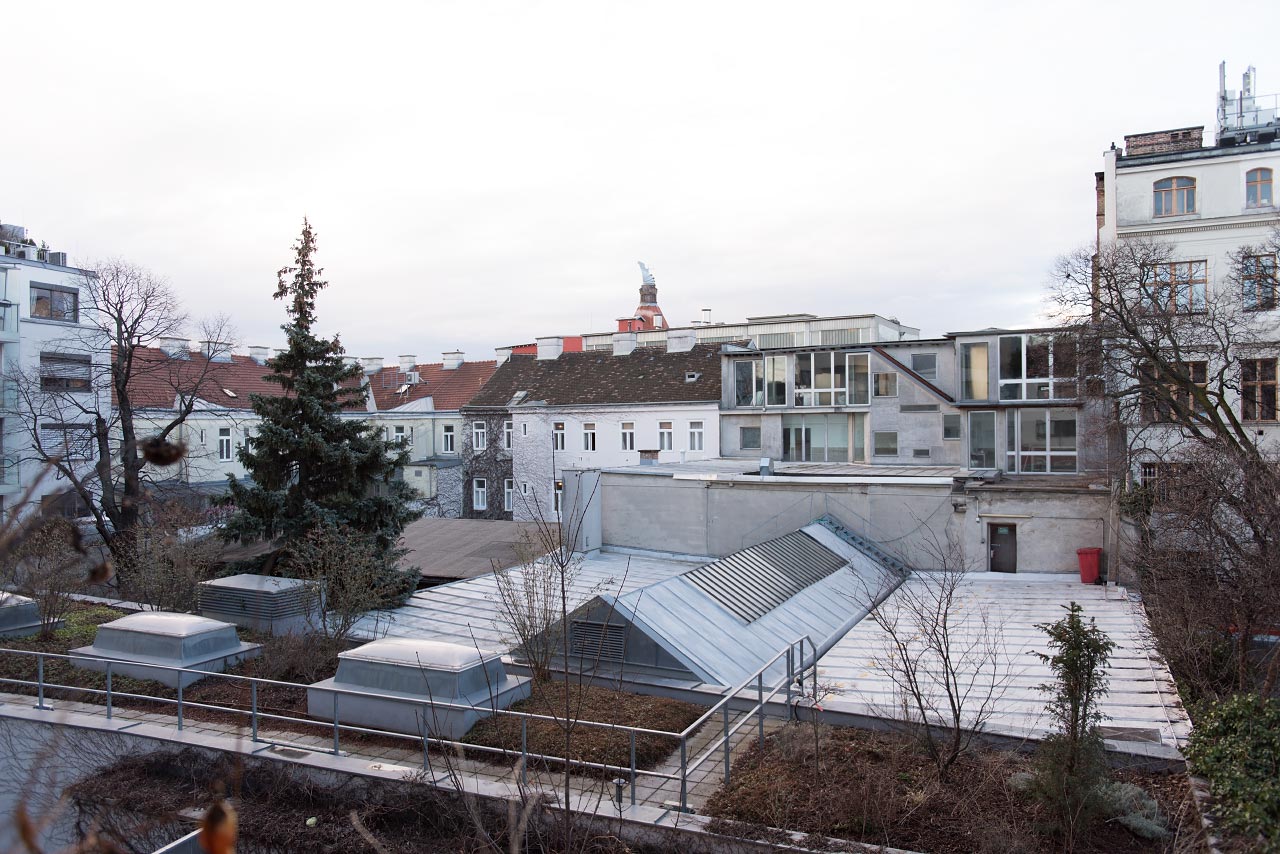 D810 (1/100 f/2.8 ISO 100) |
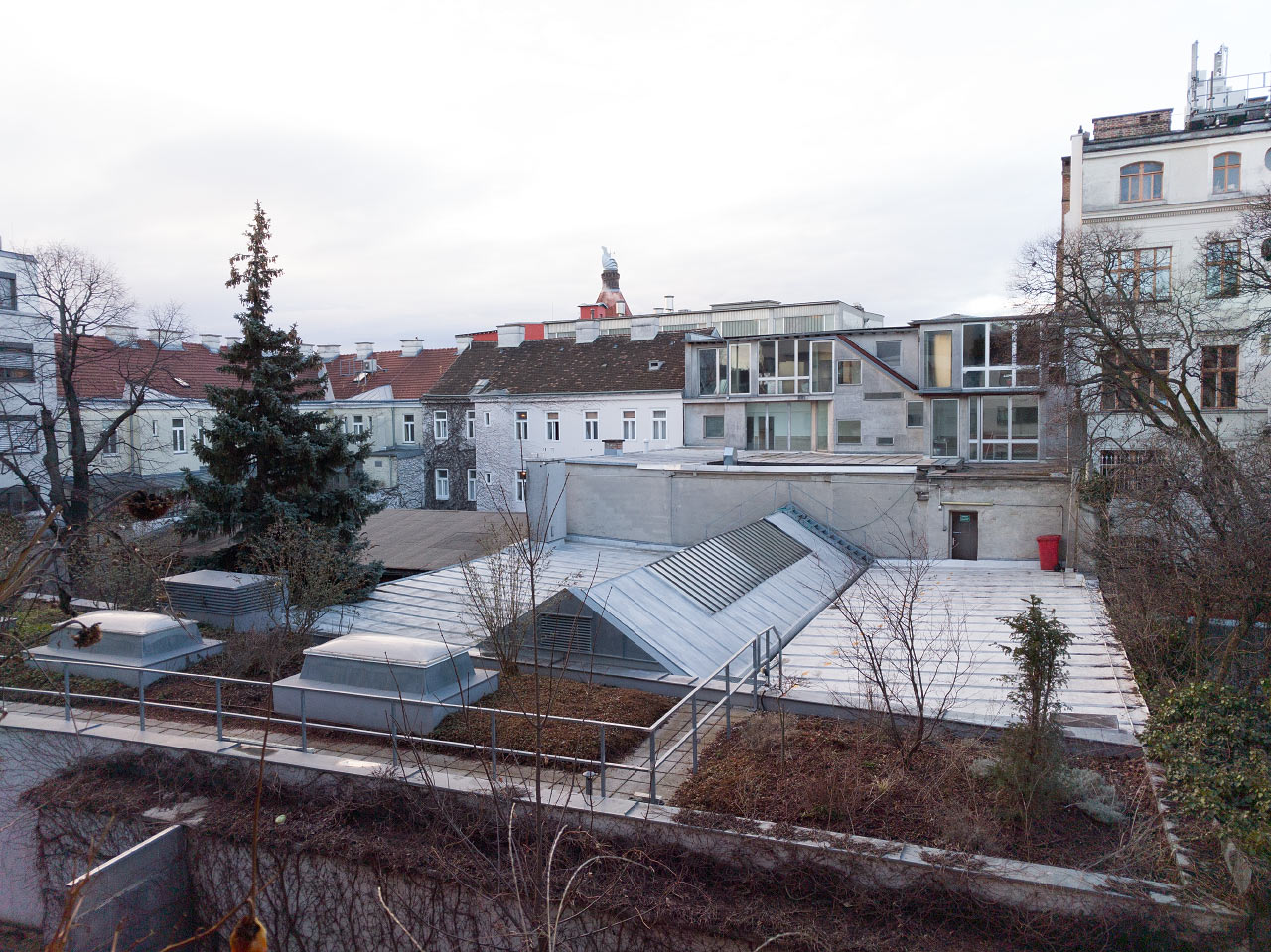 Nexus 6P (1/200 f/2.0 ISO 100) |
Here are the two overexposed pictures:
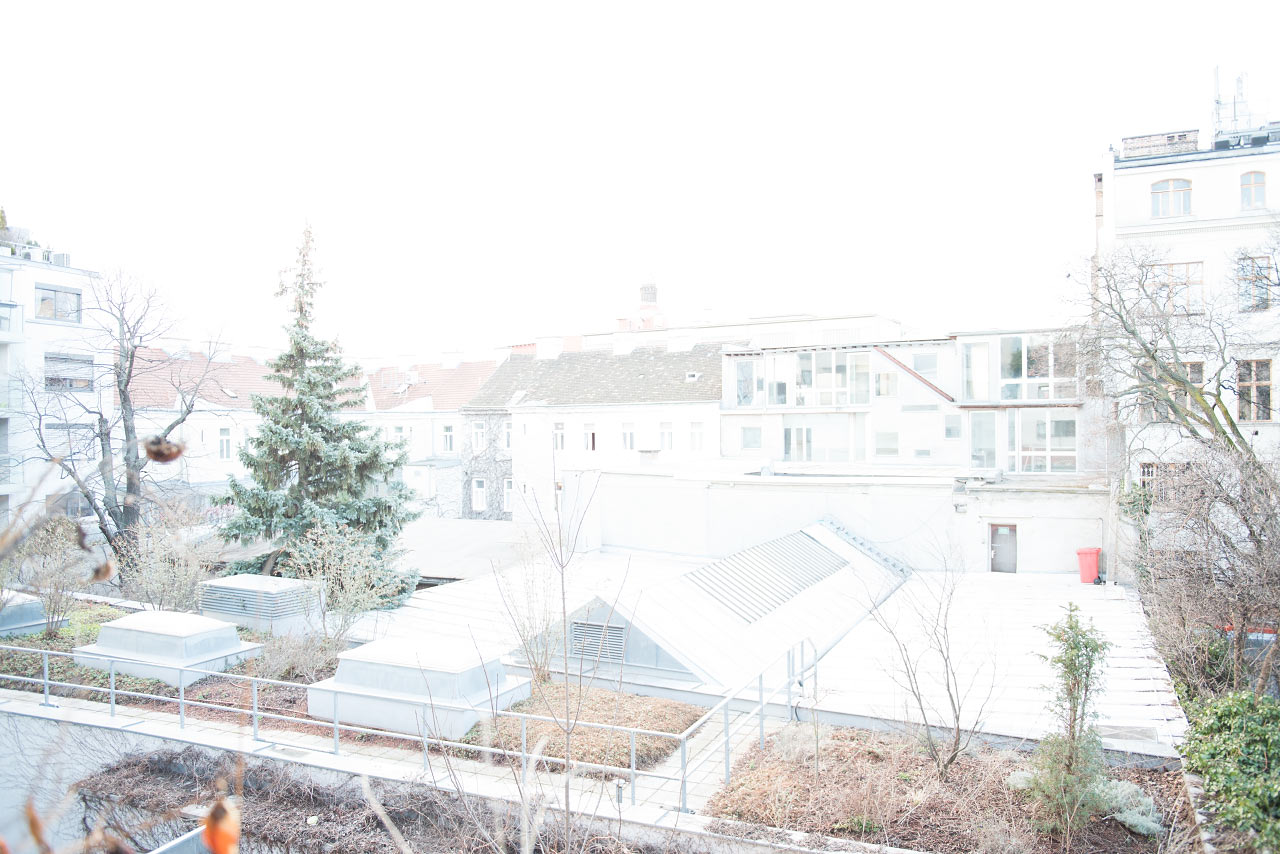 D810 (1/10 f/2.8 ISO 100) |
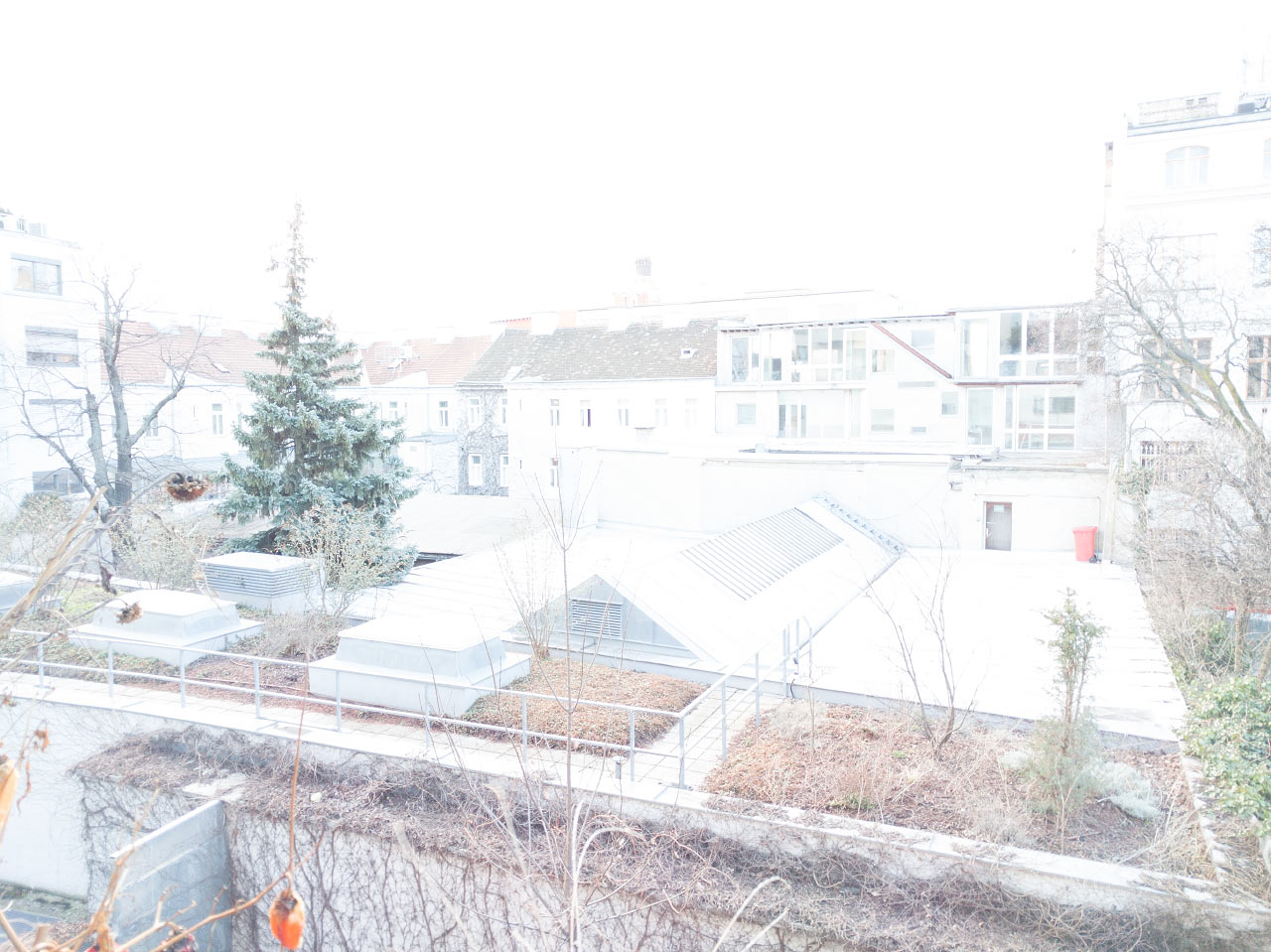 Nexus 6P (1/20 f/2.0 ISO 100) |
And this is what the two corrected images look like. The D810 has a slight advantage with the metal roof, while nothing can be saved with the sky on either camera. Overall, the image of the D810 still has a lot more contrast, but the mobile phone doesn't do too badly here. However, the result does not look really good with either camera.
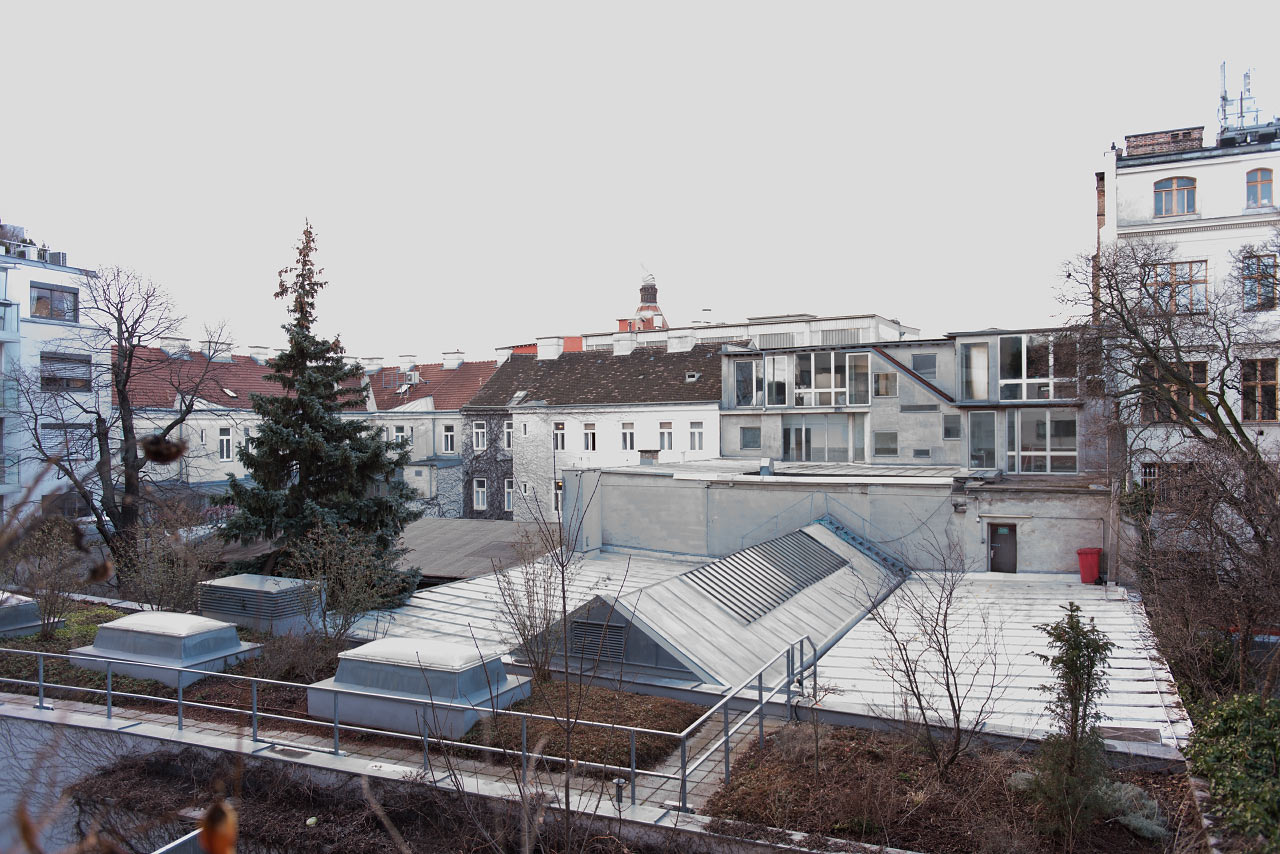 D810 |
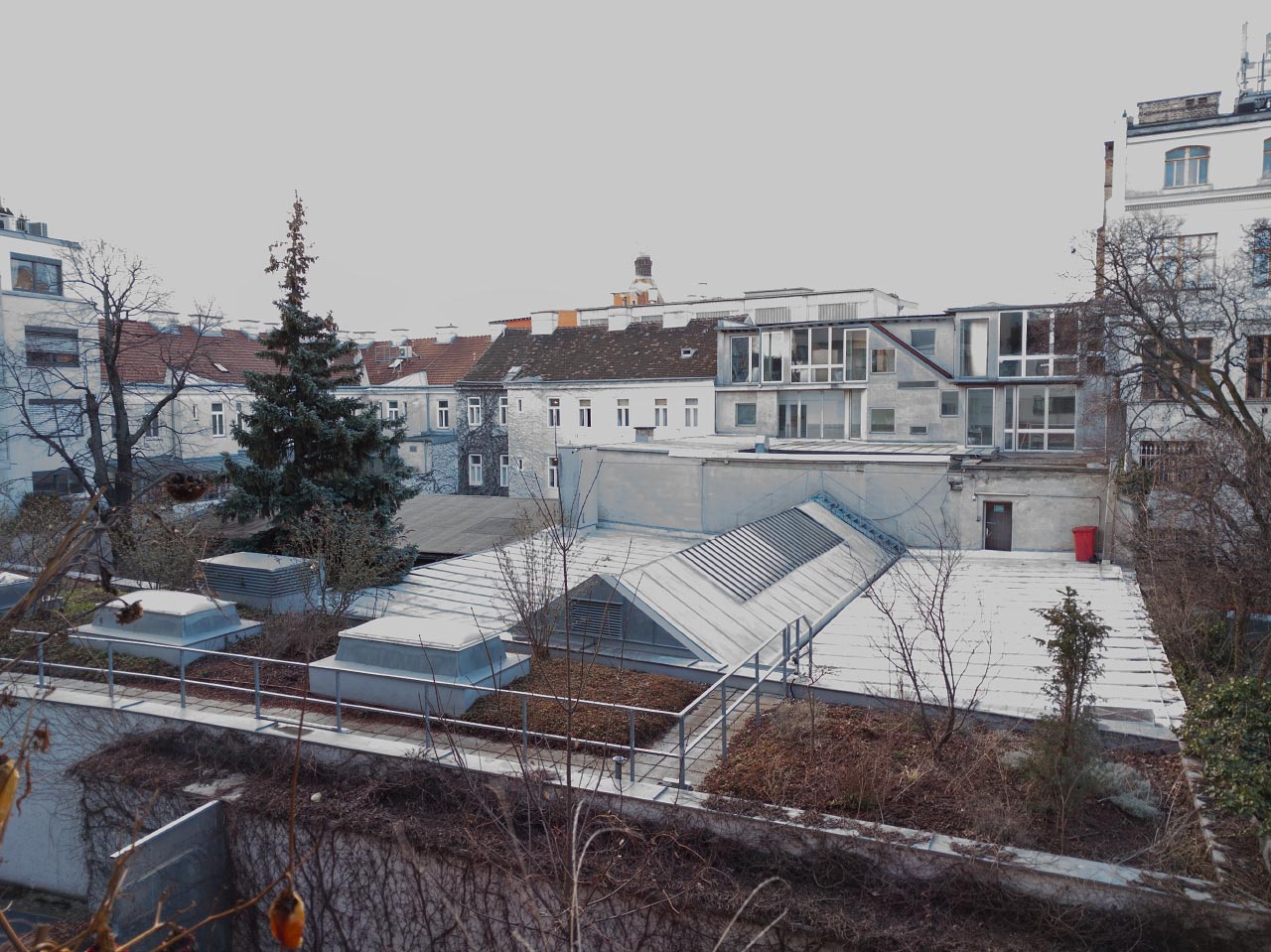 Nexus 6P |
Now for the underexposed photos:
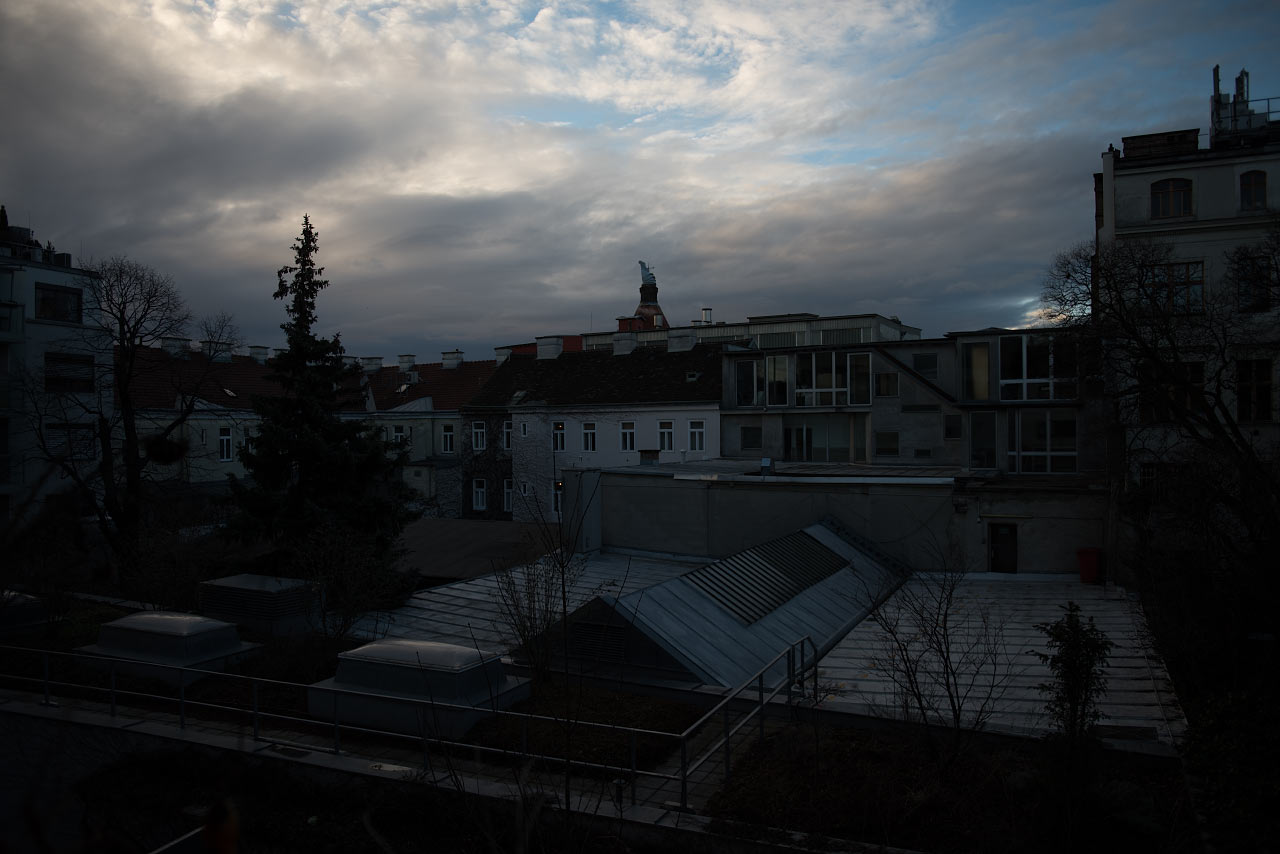 D810 (1/1000 f/2.8 ISO 100) |
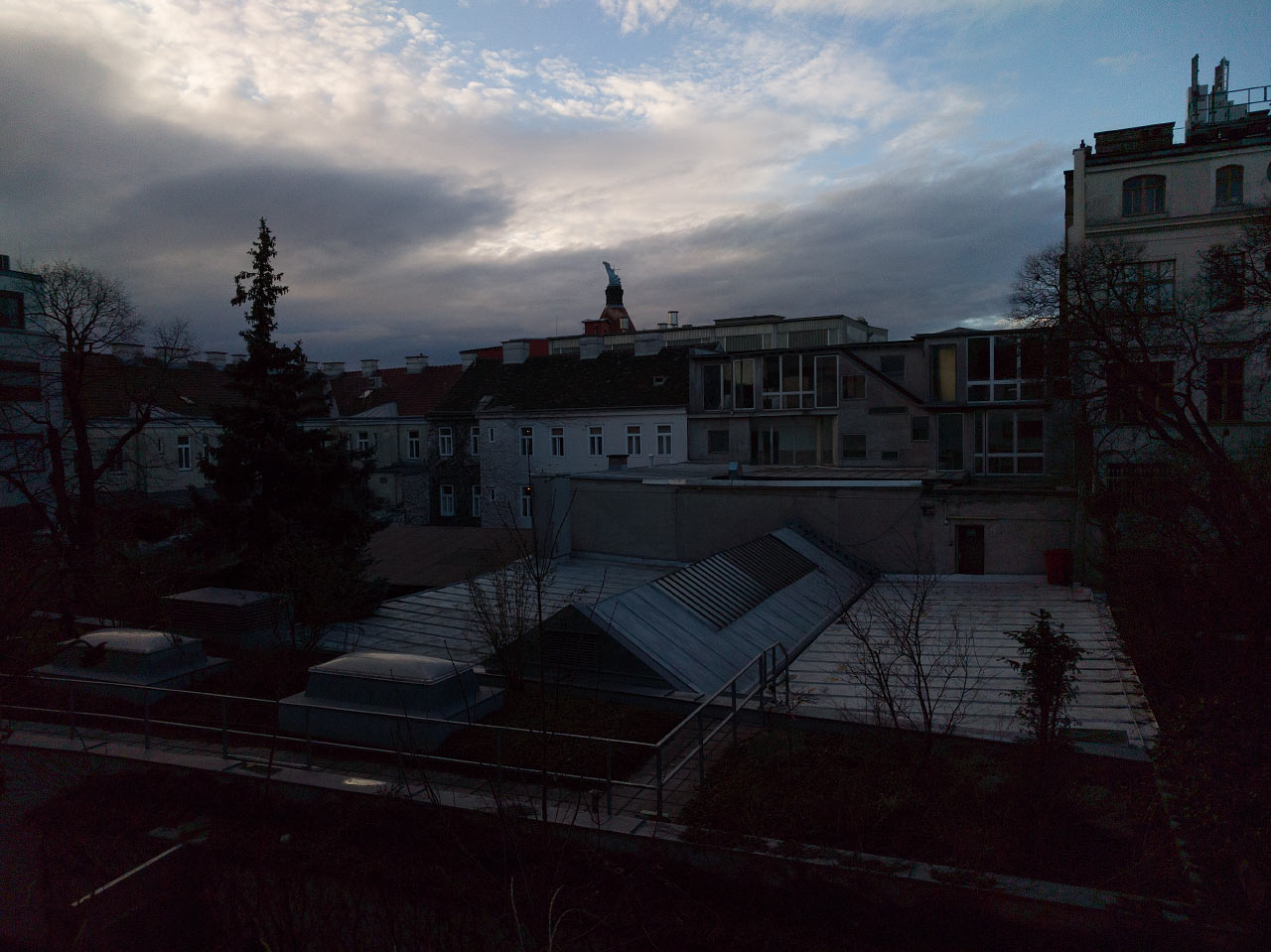 Nexus 6P (1/2000 f/2.0 ISO 100) |
After correction, the two photos differ enormously. While the dynamic range of the D810 is large enough to correct the exposure very well, the Nexus 6P has practically no reserves:
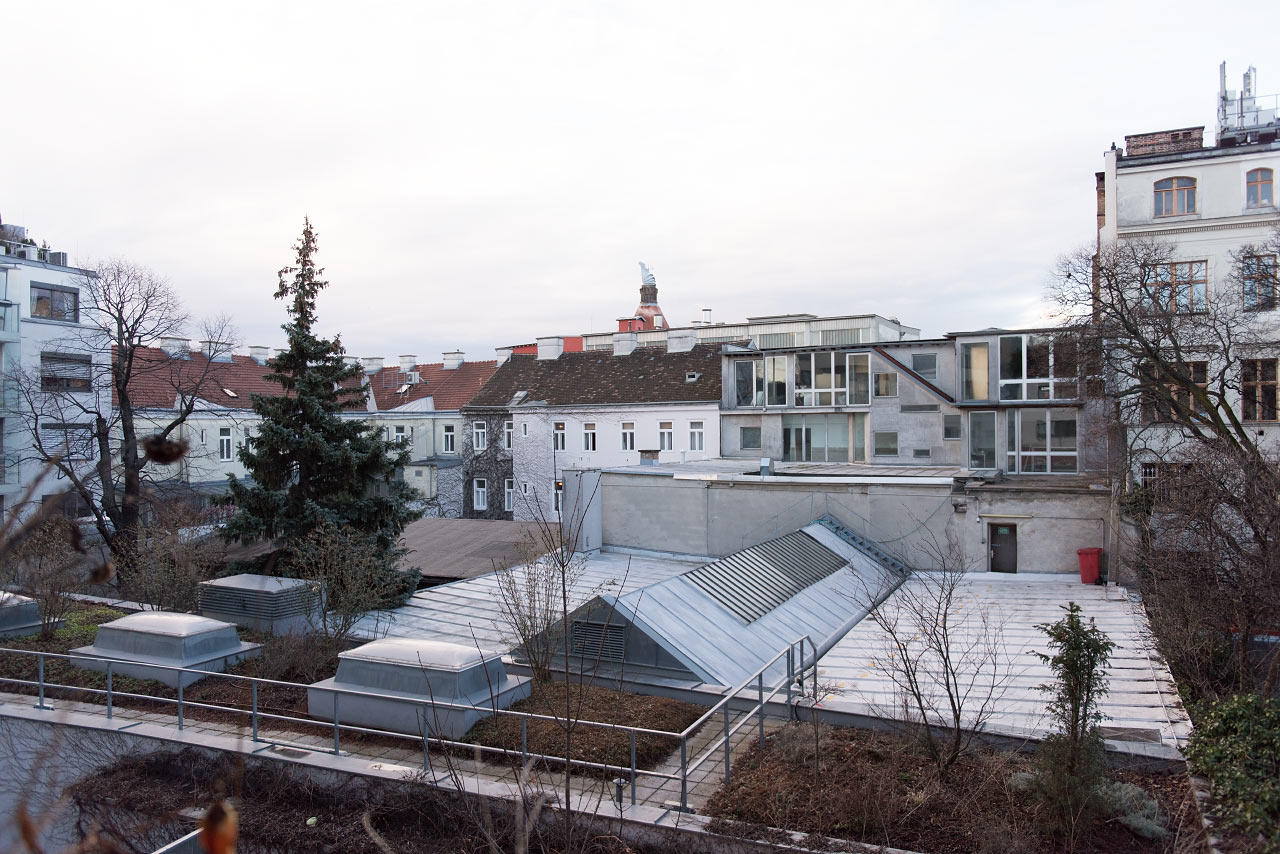 D810 |
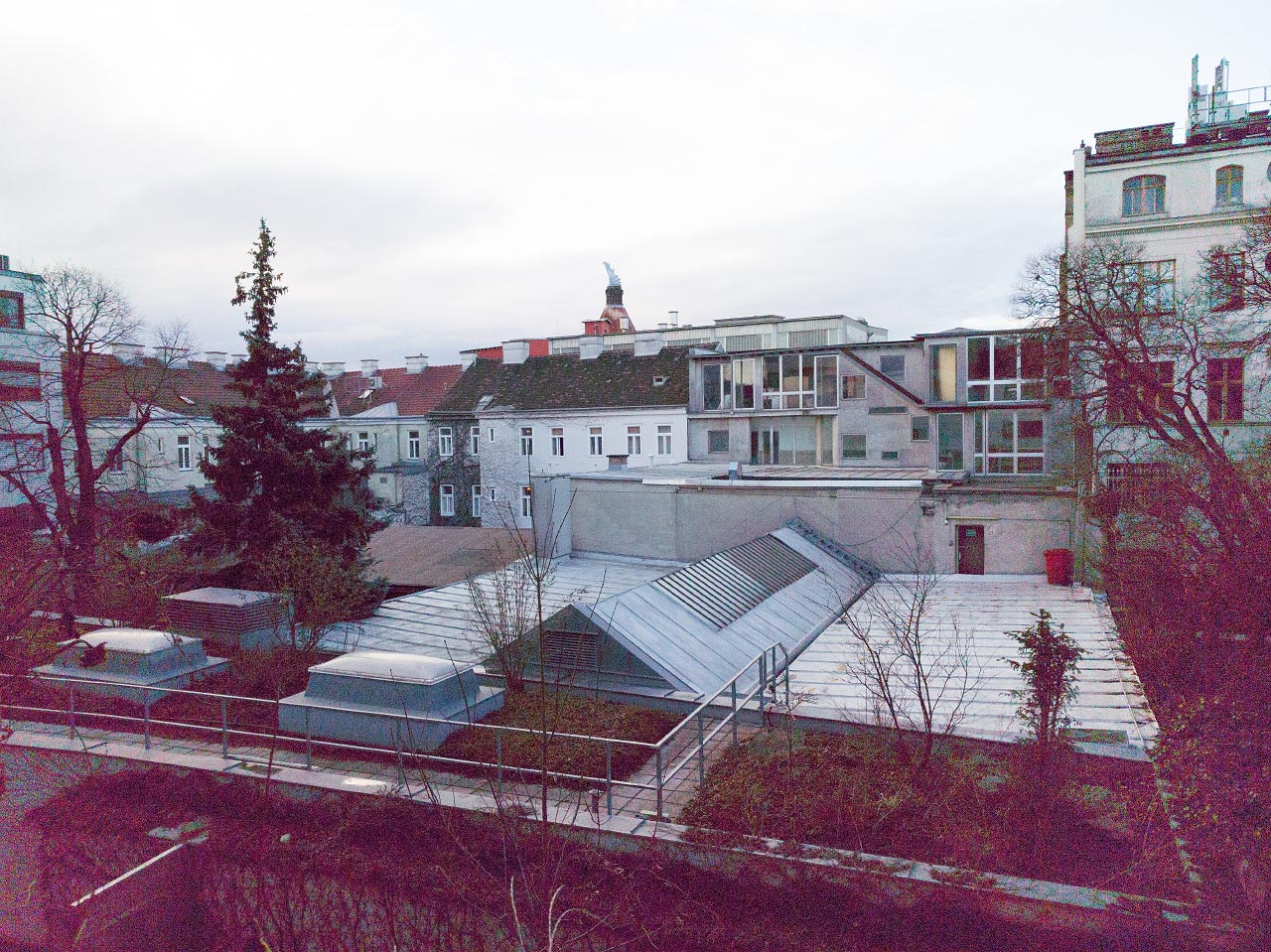 Nexus 6P |
Summary
This result surprised me quite a bit, as the RX100 behaved quite differently in the last test. With the D810, despite its large dynamic range, it is still better to be a little too dark than too light. However, this does not work with the Nexus 6P. Here you should rather avoid underexposed pictures, because in the dark areas, despite the relatively large pixels, the information content is too low in relation to the noise. Of course, the comparison with the D810 is not exactly fair and it would also have been very surprising if it did not emerge as the clear winner. But I still find the comparison exciting.
My personal conclusion is that the RAW format is not really worthwhile on a mobile phone. The added value for post-processing is not very great, there are still relatively few apps that can handle the format at all, and at just under 24MB per photo, the images don't exactly take up little space either.